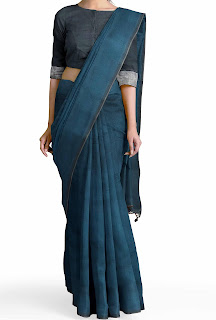Ancient Reservoirs and Irrigation Systems of Sri Lanka
Irrigation systems of ancient Sri Lanka consist of a large number of village reservoirs to gigantic reservoirs.
In Sri Lanka, there are over 30,000 reservoirs, the majority of which date from the third century BC to the 12th century.
In the third century BC, Abaya Wewa was the first large reservoir to be constructed in recorded history. Since that time, Sri Lankan tank builders have developed a remarkable skill for managing big bodies of water, enabling them to construct enormous reservoirs that no other civilization could have imagined.
As stated in H. Parker;s book "Ancient Ceylon.", an irrigation engineer who was in charge of rebuilding several historic irrigation reservoirs in the late 1800s, Europeans didn't begin using the valve pits in their reservoirs until the middle of the 18th century.
but Sri Lankan irrigation experts inventioned the "Biso Kotuwa" valve pit, which could easily control the outflow of very big water bodies, in the third century BC that inspired Sri Lankan irrigation experts to construct such enormous reservoirs.
The incredible instrumentation precision of the old irrigation systems is another advancement.
The ancient irrigation engineers first discovered that the Kala Wewa in Pollonaruwa was created on a little raised ground compared to Tissa Wewa in Anuradhapura when king Dathusena (459-477 AD) built Yodha Ela, also known as Jayaganga. Then, in order to transport extra water from the Kala Wewa to the Tissa Wewa, he constructed the 54-mile (87-kilometer) Yoda Ela, which has a gradient of 6–12 inches per mile (about 10–20 cm per kilometer).
Experts are still perplexed as to how these engineers were able to reach such precision.













